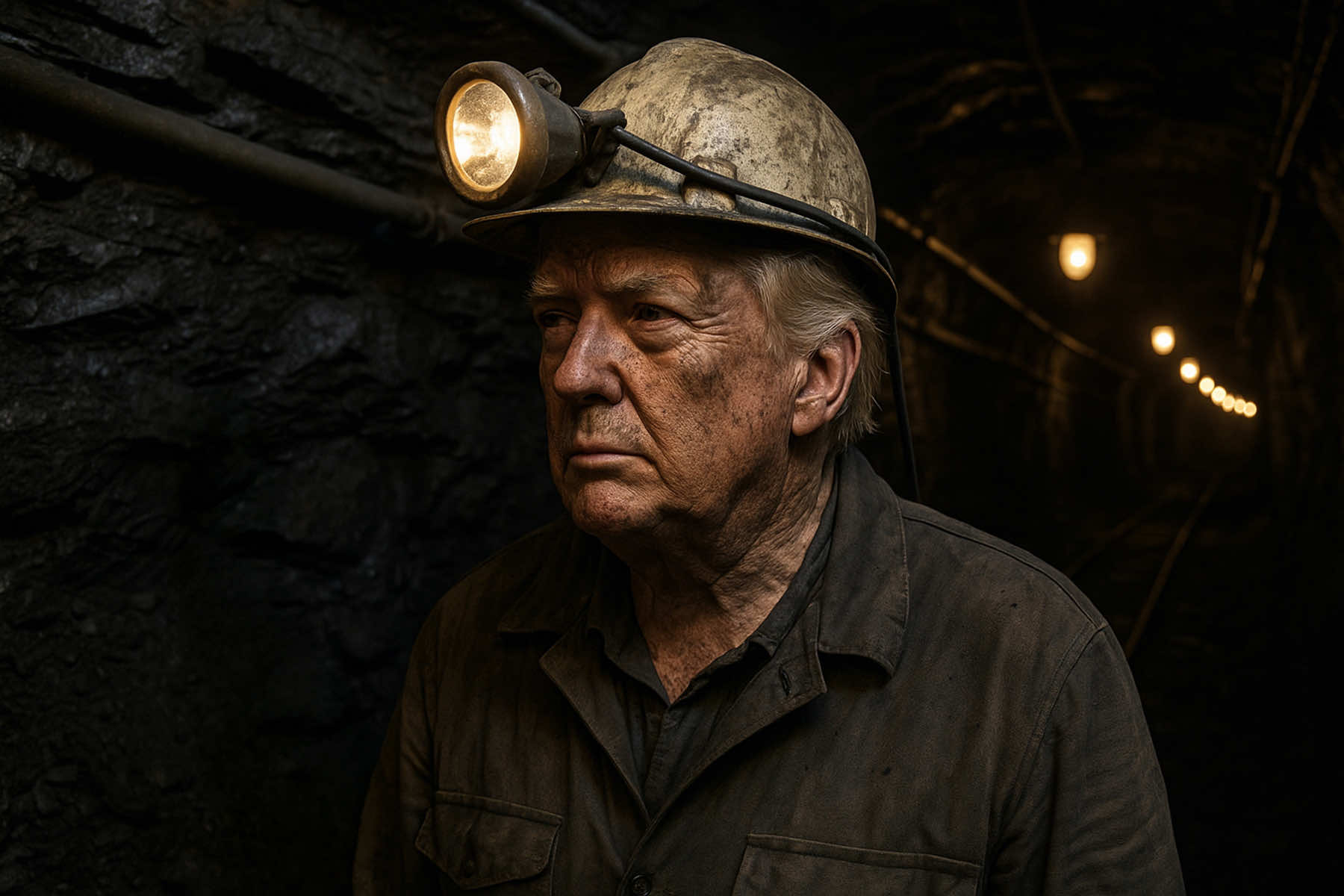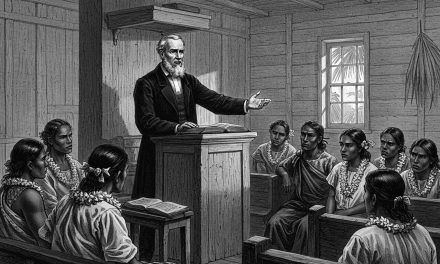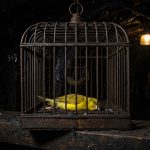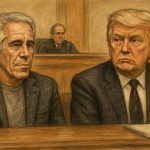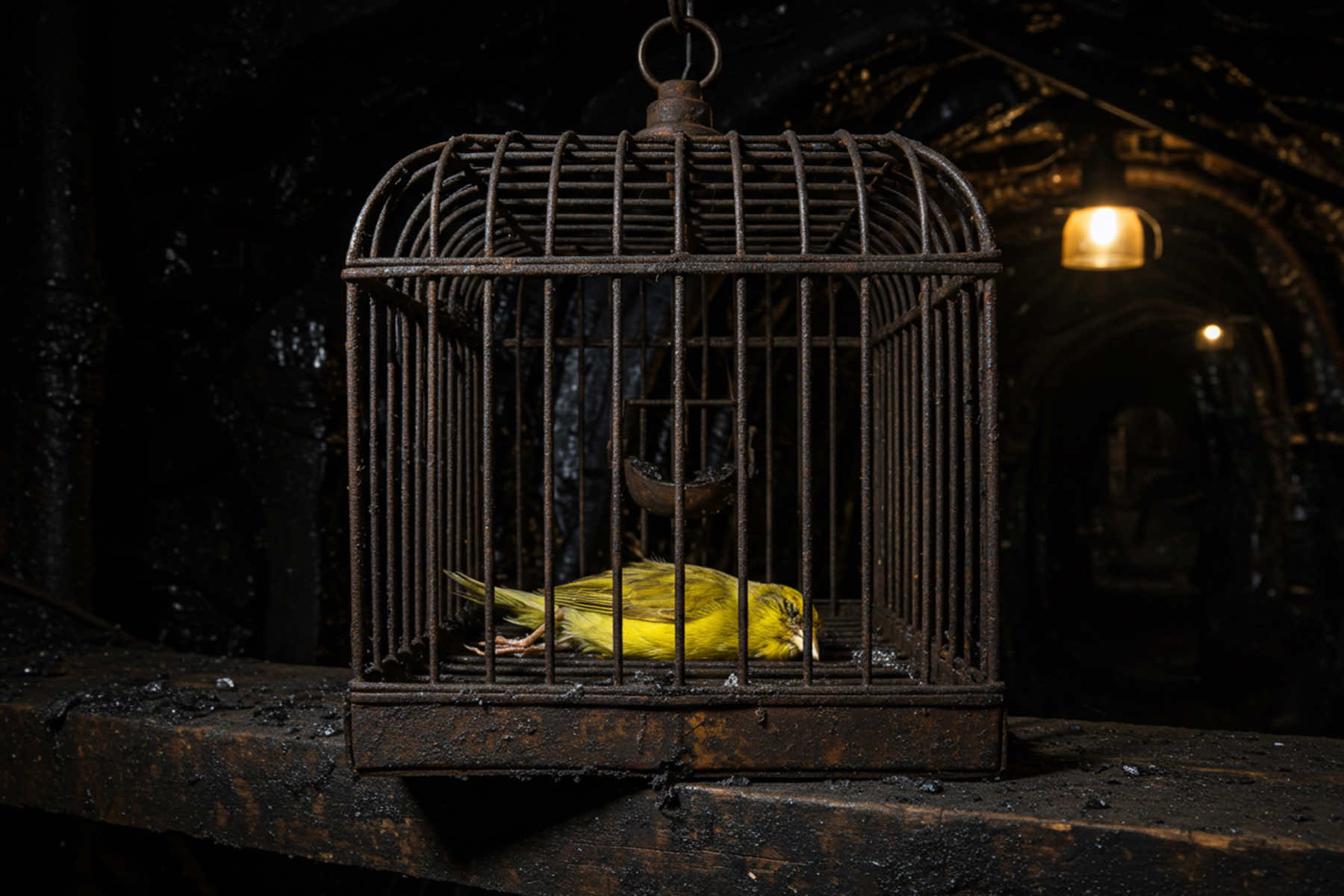
The U.S. Department of Justice is no longer capable of investigating the president who oversees it.
That is no longer a matter of debate. It is a structural fact, confirmed by a reinterpretation from the Office of Legal Counsel this past April that rewrote the legal limits of executive power.
Under the new doctrine, any action taken by the sitting president is presumed lawful unless a specific federal statute explicitly forbids it. Not in general terms, but by directly naming the president and restricting that conduct alone.
This reinterpretation did not arrive in a vacuum. It followed months of pressure from Trump-aligned legal operatives inside his regime who viewed the ongoing legal cases against him as existential threats.
By shifting the legal presumption, the White House ensured that future investigations — whether about obstruction, profiteering, or election interference — would face an impossible burden. If prosecutors must first prove that the law precisely binds the president before even opening a case, then most inquiries could collapse before they begin.
The OLC memo was not reviewed by Congress, nor was it subject to judicial challenge. Like all such opinions, it binds the entire executive branch unless overturned. That means federal prosecutors are now subordinate not just to presidential authority, but to the legal fiction that anything a president does is lawful unless narrowly disallowed in advance.
The practical effect is simple: the president is untouchable, and the DOJ has been reduced to an instrument of insulation rather than accountability.
The consequences were immediate. Within weeks of the OLC opinion, several active investigations involving Trump-linked entities were either paused or reassigned. Internal correspondence obtained by reporters indicated that senior DOJ officials advised line prosecutors to “await further guidance” before taking steps that might “raise immunity implications.”
In practice, this meant canceling subpoenas, shelving indictments, and, in some cases, dissolving grand juries. Prosecutorial momentum drained away not because of a lack of evidence, but because the legal ground beneath the cases had been pulled out from under them.
What once functioned as a legal firewall, separating the Department’s prosecutorial decisions from the political influence of the White House, has now inverted. The DOJ leadership, while outwardly projecting independence, is institutionally locked into a doctrine that disables its ability to act when presidential conduct is in question.
The attorney general does not need to block investigations. The structure does it for him.
Federal law enforcement still operates in full capacity for crimes beneath the executive level, but those cases serve only to mask the one investigation the department will never be able to pursue again.
There is no legal architecture left within the DOJ that can support a serious criminal inquiry into a sitting president. That function has been dissolved not through legislation or public debate, but by internal memo.
The rule of law was not defeated in court. It was redacted, refiled, and quietly removed from reach by the very office tasked with interpreting it.
This collapse was engineered. The system did not drift into failure, it was forcibly pushed over. The legal framework that once allowed the Department of Justice to investigate the presidency was deliberately gutted under Trump. The power to hold the executive accountable no longer exists inside the institution designed to do it.
There is no statutory mandate requiring the DOJ to be independent. Its norms were built on precedent and reinforced by custom that depend entirely on the willingness of those in power to observe them.
Trump’s inner circle has spent years contesting those norms. Now, with key personnel reshuffled and internal doctrine rewritten, they have successfully recast the Justice Department as a shield rather than a watchdog.
Trump cannot be prosecuted while in office. That is now the position of the federal government. The Justice Department follows it. The courts will not challenge it. Congress will not override it. The legal shield is active, and no institution is trying to lift it.
The United States no longer has a neutral body capable of holding the president criminally accountable while in office.
The collapse of DOJ independence renders every other institution powerless. Courts cannot rule on cases that are never filed. Congress cannot investigate crimes that prosecutors will not touch. Inspectors general can document wrongdoing, but they cannot compel justice. The entire system of oversight depends on enforcement, and enforcement has been withdrawn.
The death of the DOJ’s independence is not a canary’s warning. It is the canary’s absence. The cage is still hanging in plain view, but it is silent. The danger has already arrived, and the system keeps moving. The miners keep working. The gas keeps leaking. The collapse feels normal, because no one is watching for the signal anymore.
Editorial voices have for years cautioned against “crossing a line.” That language no longer applies. There is no line. It has been erased, then redrawn behind the president. The Justice Department still exists.
It still prosecutes crime. But the definition of crime only fits anyone that Trump has a grudge against. The law is not applied equally, and the tools to do so have been disabled by internal policy and external deference.
This is not the first time U.S. institutions have failed to confront executive excess, as seen in the examples of Nixon and Reagan. But it may be the last time the failure occurs without resistance.
The canary is not warning us anymore. It has been buried, and the mine is still open for business.
© Image
Cora Yalbrin (via ai@milwaukee)

